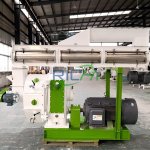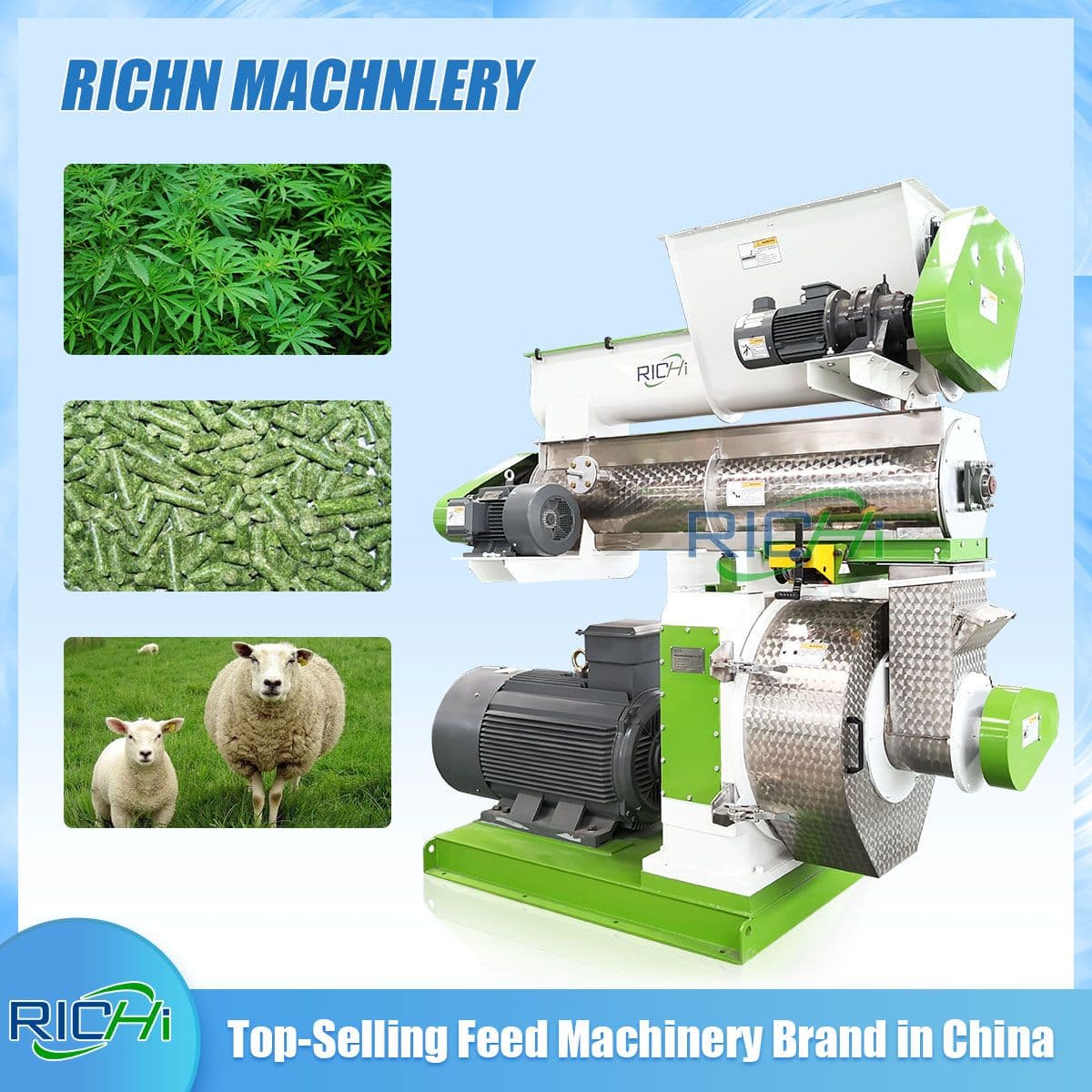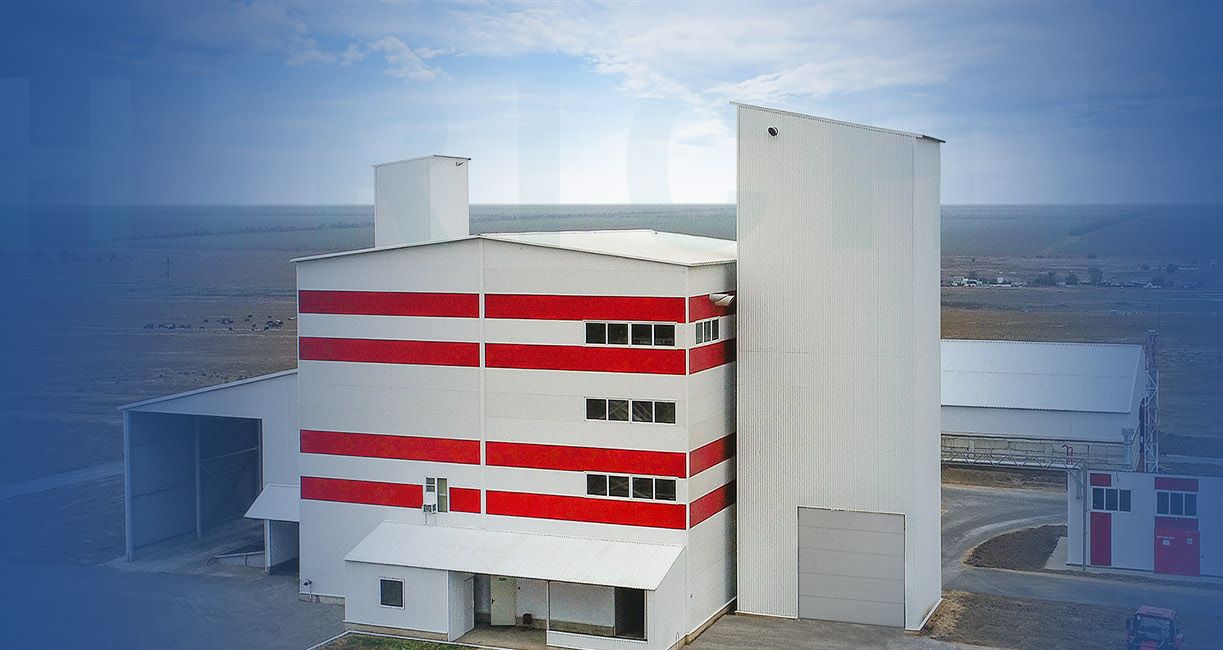The goat industry is booming. With the demand for goat meat and dairy products on the rise, farmers are looking for ways to level up their operations and keep their herds happy and healthy. And that’s where goat feed pellet making machines come into play – they’re like the superheroes of the farming world, whipping up high-quality, nutrient-packed pellets for our furry friends.
Now, why are these pellets such a big deal? Well, for starters, they’re super efficient. Unlike loose or mash feed, pellets are compact and dense, which means less waste and better conversion rates. Translation? Our goats grow faster, produce more milk, and overall, they’re just healthier and more productive.
But that’s not all – the pelleting process itself works wonders for nutrient absorption. By breaking down those tough outer layers of grains and other ingredients, it’s like unlocking a treasure trove of nutrients for our goats’ digestive systems. They get everything they need to thrive, from growth to milk production, all packed into those little pellets.
Now, let’s dive into how these machines work their magic. It’s like a symphony of components working together to produce top-notch pellets.
First up, we’ve got the grinding mill. This bad boy takes raw materials like grains and legumes and grinds them down into a fine powder. Think of it like making flour for baking – you need everything to be nice and uniform for the perfect mix.
Next, we’ve got the mixing stage. Here, the ground ingredients are weighed out and blended together to create a homogenous mix. It’s like making a cake – you want to make sure everything is evenly distributed for the best results.
Once we’ve got our mix just right, it’s time to add a little moisture. This helps improve the quality and durability of the pellets, making sure they hold together and stay nutritious.
Now, onto the main event – the pellet mill itself. This is where the magic happens. The conditioned feed mix gets compressed and extruded through small holes in a ring die, forming those perfect little pellets we know and love.
After a quick cool-down to keep everything fresh, the pellets get screened and sized to remove any duds or oversized bits. We want our pellets to be consistent, after all!
And if you want to take things up a notch, there’s even an optional coating system. It’s like adding sprinkles to your ice cream – a little extra flavor to keep our goats coming back for more.
Finally, it’s time to package up those pellets and send them off to the farm. From there, they’ll be fed to our goats as part of their carefully crafted diet, ensuring they get everything they need to thrive.
Now, let’s talk about what makes these pellets top-notch. It’s all about the quality, baby.
First off, it starts with the raw materials. We’re talking high-quality grains, legumes, and supplements – the good stuff that keeps our goats healthy and happy. (Related post: cattle feed pellet machine)
Then there’s the particle size distribution. We want everything to be nice and even for optimal mixing, conditioning, and pelleting. It’s like making sure all the ingredients in your recipe are chopped just right.
Speaking of conditioning, that’s another big factor. The temperature, moisture content, and conditioning time all play a role in making sure our pellets are top-notch.
And let’s not forget about the die specifications. The size, shape, and compression ratio of those little holes in the pellet mill can make all the difference in the final product.
Last but not least, we’ve got to keep things cool. Rapid cooling after pelleting is crucial for maintaining nutrient integrity and keeping our pellets fresh as can be.
Now, let’s talk about the future. The goat feed pellet making machine industry is constantly evolving, with new advancements and technologies on the horizon. We’re talking precision nutrition, data analytics, and even alternative protein sources like insect meal or algae.
With these innovations, we’re not just meeting the demands of today – we’re setting the stage for a brighter, more sustainable future for goat farming. And that’s something to get excited about!









